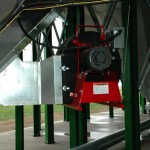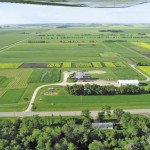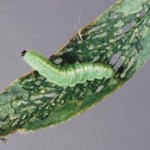It’s the size of a postage stamp, but this little piece of technology could enable meat-packing plant workers to test samples for E. coli right on site. A University of Alberta project team is optimistic their PCR (polymerase chain reaction) technology could be used in packing plants. The technology was initially focused on medical applications,








